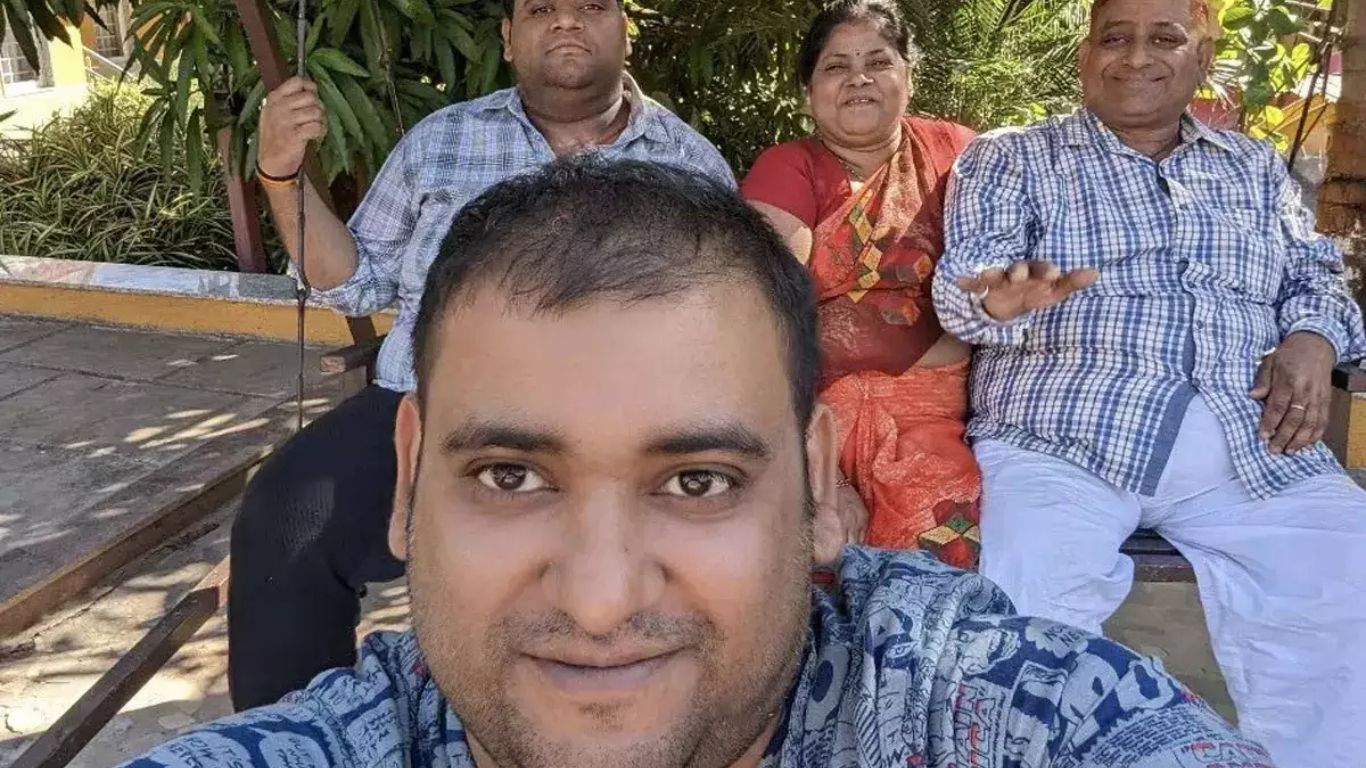A recent survey conducted by Microsoft has revealed that India is the most vulnerable country to the spread of fake news. The study shows that 60% of Indians encounter false information online regularly, surpassing the global average of 57%. This alarming trend highlights the growing challenge of misinformation in the country as per available data.
Why Is India Prone to Fake News?
India’s vast digital landscape and socio-cultural diversity make it especially susceptible to fake news.
1. Massive Online Population
With over 750 million internet users, India has one of the largest digital populations in the world. This provides fertile ground for the rapid spread of misinformation through social media platforms like WhatsApp, Facebook, and Twitter.
2. Linguistic Diversity
India’s diversity—over 22 major languages and hundreds of dialects—poses challenges in filtering and fact-checking content. Fake news often spreads across linguistic barriers, making it harder to contain.
3. Social Media Penetration
The accessibility and speed of information sharing on platforms like WhatsApp, Instagram, and Telegram have amplified the dissemination of false content. Viral messages, videos, and manipulated images often spread unchecked.
Key Findings of the Microsoft Survey
The survey sheds light on the broader implications of misinformation in India:
1. High Exposure to Fake News
- 60% of Indians reported encountering fake news regularly, higher than the global average of 57%.
2. Vulnerability to Online Scams
- Over 50% of Indians admitted to falling victim to online scams, reflecting the urgent need for better digital literacy and awareness.
3. Rising Phishing Attacks
- 42% of Indians reported experiencing phishing attacks, highlighting the growing cybersecurity threats in the country.
The Impact of Fake News on Indian Society
The consequences of fake news are far-reaching and deeply impactful:
- Social Tensions: False information has been linked to communal tensions and misinformation-driven violence.
- Public Health Misinformation: During events like the COVID-19 pandemic, fake news led to confusion and hindered public safety efforts.
- Political Manipulation: Misinformation is often weaponized for political propaganda, influencing public opinion and elections.
- Economic Losses: Scams and phishing attacks result in significant financial losses for individuals and businesses.
Combating the Spread of Fake News
Addressing this issue requires a multi-pronged approach that involves citizens, technology platforms, and the government.
1. Digital Literacy
Promoting digital literacy and critical thinking skills can empower individuals to:
- Identify fake news.
- Cross-check facts before sharing content.
- Understand how misinformation spreads.
2. Supporting Fact-Checking Organizations
Independent fact-checking organizations like Alt News and BOOM Live play a critical role in verifying information. Providing resources and support to these organizations will help curb the spread of fake news.
3. Social Media Platforms’ Role
Social media platforms must take stronger measures, including:
- Implementing strict verification processes for viral news.
- Deploying AI-driven fact-checking algorithms to detect and flag false information.
- Partnering with fact-checking agencies to expose fake news in real-time.
4. Government Regulations
The government can develop clear and effective regulations to combat misinformation without infringing on free speech. This includes:
The Road Ahead
India’s position as the most vulnerable nation to fake news is a wake-up call for individuals, organizations, and policymakers. By prioritizing digital literacy, supporting fact-checkers, enhancing cybersecurity awareness, and introducing effective regulations, the country can curb the spread of misinformation.
A well-informed society is key to countering the effects of fake news. With collective efforts, India can pave the way for a more reliable, responsible, and informed digital ecosystem.














